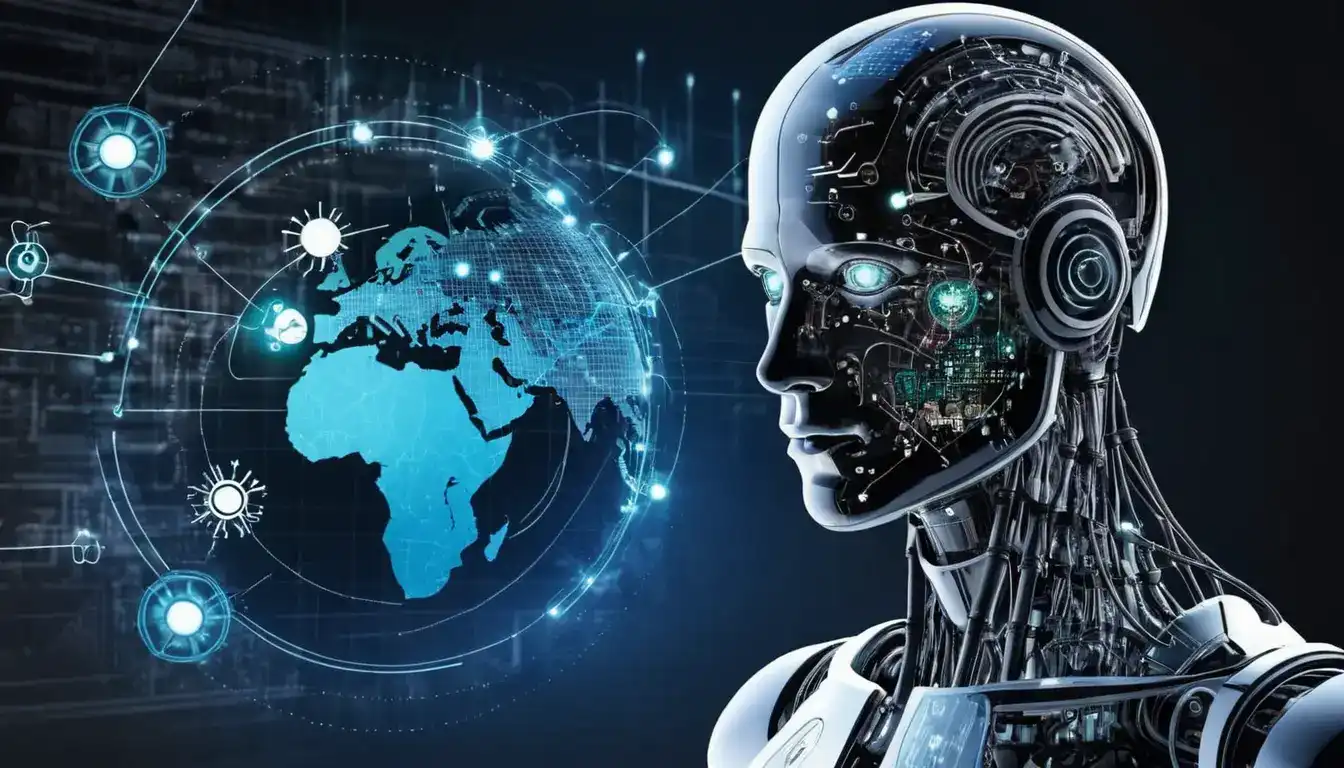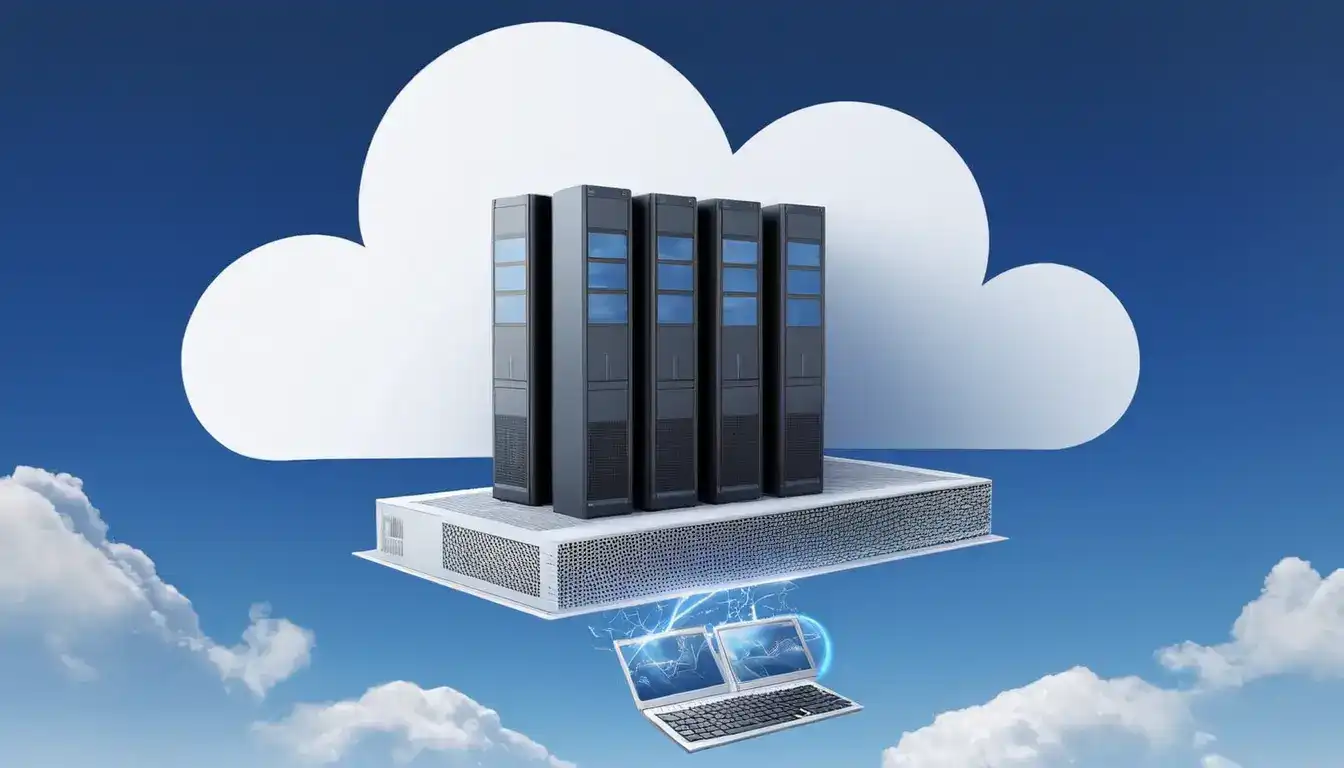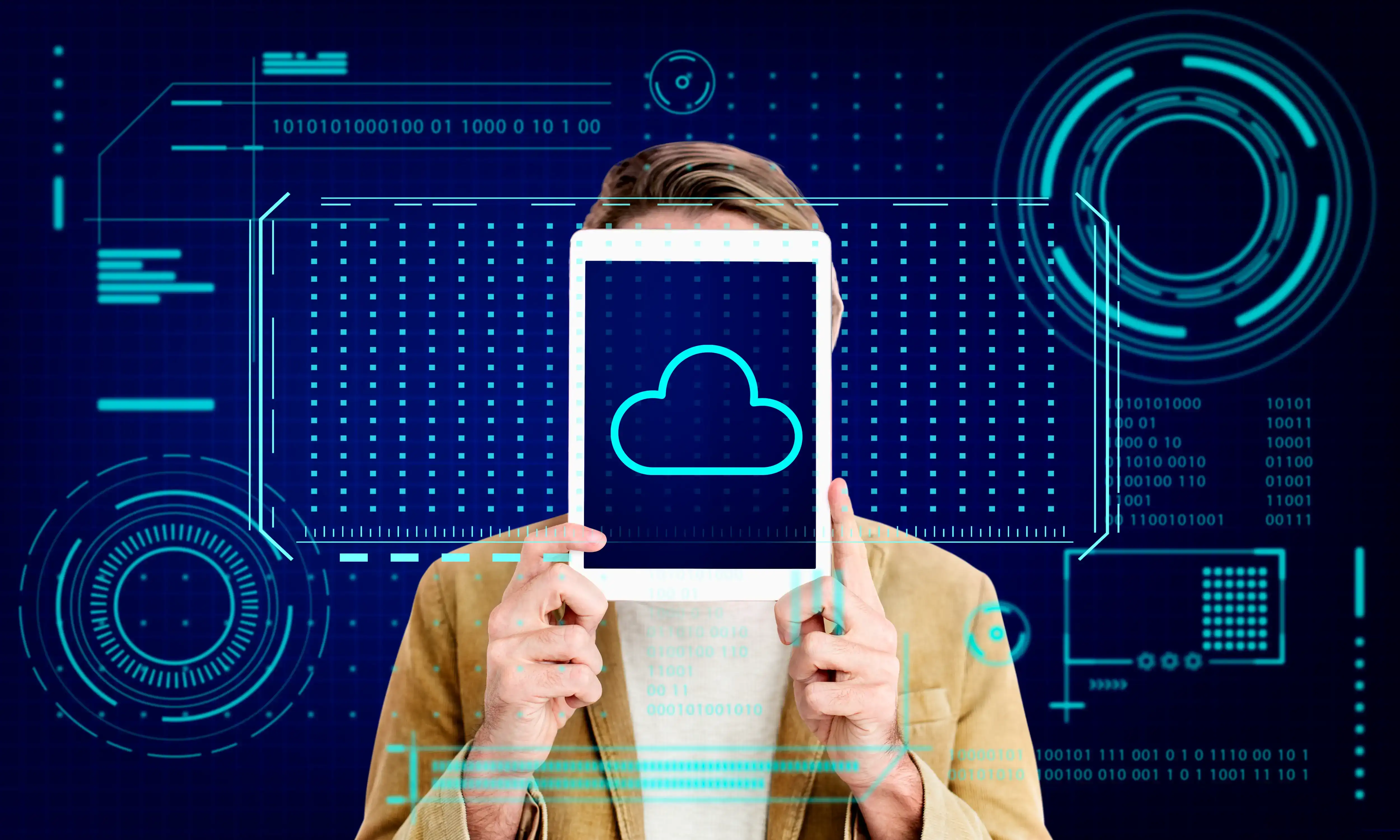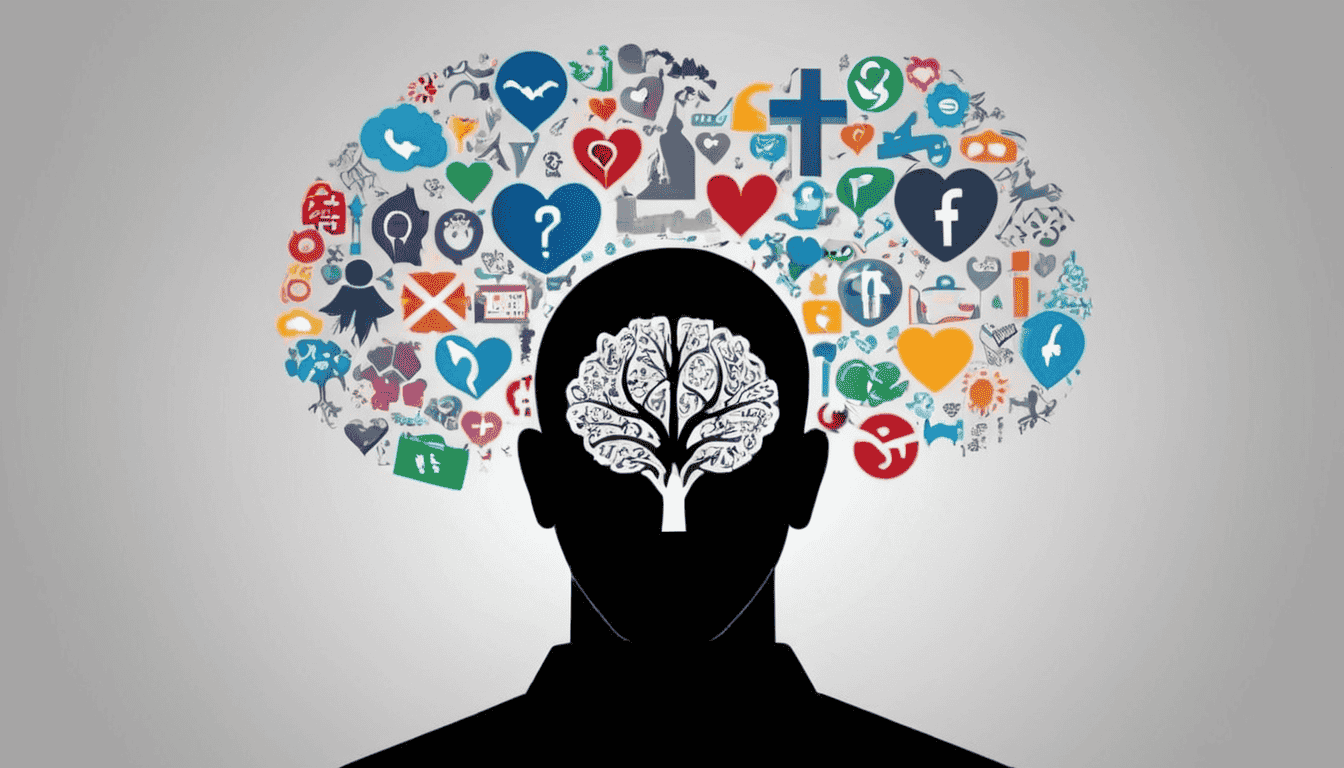Strategies for Sustainable Economic Development in Developing Nations
Emily Willis

Photo: Strategies for Sustainable Economic Development in Developing Nations
Sustainable economic development is crucial for the long-term prosperity and well-being of developing nations. It involves fostering economic growth while preserving the environment, promoting social equity, and ensuring efficient resource allocation. This article explores various strategies that developing nations can adopt to achieve sustainable economic development, highlighting their importance, benefits, and implementation challenges.
Understanding Sustainable Economic Development
Sustainable economic development aims to meet the needs of the present without compromising the ability of future generations to meet their own needs. It integrates economic growth, social inclusion, and environmental sustainability to create resilient and prosperous societies. For developing nations, sustainable development is particularly important as it lays the foundation for lasting progress and resilience against global challenges.
Key Strategies for Sustainable Economic Development
Investment in Renewable Energy: Developing nations can reduce dependency on fossil fuels and mitigate climate change by investing in renewable energy sources such as solar, wind, and hydroelectric power. This not only promotes environmental sustainability but also enhances energy security and creates new job opportunities.
Promotion of Sustainable Agriculture: Adopting sustainable agricultural practices, including organic farming, agroforestry, and efficient water management, can increase agricultural productivity while conserving natural resources and biodiversity. This supports food security, rural livelihoods, and resilience to climate change impacts.
Infrastructure Development: Strategic investment in infrastructure, including transportation networks, water supply systems, and sanitation facilities, improves connectivity, facilitates economic activities, and enhances quality of life. Infrastructure projects should prioritize sustainability criteria such as energy efficiency and environmental impact assessments.
Education and Skills Development: Investing in education, vocational training, and lifelong learning programs equips the workforce with the skills and knowledge needed for sustainable economic activities. This includes promoting STEM (Science, Technology, Engineering, and Mathematics) education and fostering innovation and entrepreneurship among youth.
Promotion of Green Technologies and Innovation: Encouraging research and development in green technologies, sustainable practices, and eco-friendly products stimulates economic growth while reducing environmental footprint. Governments can provide incentives for businesses and startups engaged in green innovation and sustainable solutions.
Enhancing Access to Healthcare and Social Services: Improving access to healthcare, education, housing, and social protection enhances human capital development and reduces poverty and inequality. Social policies should be inclusive and equitable, addressing the needs of vulnerable groups and promoting social cohesion.
Policy and Governance Reform: Strengthening institutional capacity, promoting transparency, and combating corruption are essential for effective governance and sustainable development. Governments should adopt integrated policy frameworks that balance economic, social, and environmental objectives, guided by stakeholder engagement and participatory decision-making processes.
Challenges and Barriers
Implementing sustainable economic development strategies in developing nations faces several challenges:
- Financial Constraints: Limited access to financing and investment capital for sustainable projects.
- Technological Gaps: Lack of access to appropriate technologies and expertise for implementing sustainable practices.
- Policy and Regulatory Frameworks: Inconsistent or inadequate policies, regulations, and enforcement mechanisms.
- Social and Cultural Factors: Resistance to change, traditional practices, and cultural norms that may hinder adoption of sustainable practices.
Case Studies: Successful Implementation
Costa Rica: Known for its commitment to environmental conservation and sustainable tourism, Costa Rica has achieved high levels of renewable energy use and biodiversity conservation while promoting economic growth.
Rwanda: Rwanda's Vision 2050 aims for sustainable development through investments in renewable energy, sustainable agriculture, and green infrastructure projects.
Denmark: Denmark's green transition strategy focuses on renewable energy, energy efficiency, and sustainable urban planning, positioning it as a global leader in sustainable development.
Conclusion
Achieving sustainable economic development in developing nations requires a holistic approach that balances economic growth with environmental protection and social inclusion. By adopting innovative strategies, investing in green technologies, enhancing education and healthcare, and strengthening governance frameworks, developing nations can build resilient economies that benefit current and future generations. Collaboration between governments, businesses, civil society, and international organizations is essential to overcome challenges and create sustainable pathways to prosperity. Embracing sustainable development not only fosters economic resilience but also preserves natural resources and improves quality of life, contributing to a more equitable and sustainable global future.
Latest ✨
View AllLuxury cruises offer a heightened travel experience with impeccable service, luxurious accommodations and carefully crafted itineraries. These cruises strike the perfect balance between leisure and exploration, with destinations that include the Mediterranean, Caribbean, Alaska, Norwegian Fjords and South Pacific Islands.
Emily Willis
Cloud computing is essential for modern businesses, offering cost savings, scalability, and improved collaboration. Implementing cloud computing requires careful planning to ensure safety and efficiency. Tips for safe and efficient implementation include conducting a needs assessment, choosing the right cloud service model, prioritizing security, planning for data migration, optimizing costs, training your team, implementing backup and recovery solutions, monitoring performance, planning for scalability, and staying updated with industry trends.
Emily Willis
The stock market is a crucial component of the global economy, providing a platform for capital formation, investment, and wealth creation. Understanding stock market movements, including bull and bear markets, market volatility, and factors influencing stock prices, is essential for investors, businesses, and policymakers. Economic, financial, and behavioral factors all play a role in shaping stock market dynamics.
Emily Willis
productivity in the workplace and provides a comprehensive guide to enhancing productivity. It covers topics such as understanding productivity styles, creating a productive workspace, time management, overcoming distractions, enhancing motivation and energy levels, effective task management, collaborating and delegating tasks, utilizing technology for productivity, and maintaining work-life balance.
Emily Willis
Business
View All
August 5, 2024
Effective Marketing Strategies to Increase Your Business Saleseffective marketing strategies in today's competitive marketplace. It discusses the significance of understanding the target audience, building a strong brand identity, and implementing various marketing tactics to increase sales. Specific strategies such as video marketing, influencer marketing, optimizing customer experience, embracing omnichannel marketing, tracking performance, staying updated on trends, and continuous improvement are highlighted.
Emily Willis

August 4, 2024
How to Build a Strong Brand Identity for Your BusinessBuilding a strong brand identity is essential for business success as it helps differentiate you in the market, connect with your audience, and build loyalty. Key steps include understanding your target audience, defining your mission and values, developing a unique selling proposition, creating a memorable brand name and logo, choosing brand colors and typography, crafting a brand voice and messaging, ensuring a consistent brand experience, leveraging visual content.
Emily Willis

August 5, 2024
Tips for Finding the Right and Profitable Business Ideasteps to finding a profitable business idea, including understanding your passions and skills, solving problems, conducting market research, finding a niche, leveraging your network, brainstorming, testing and validating your idea, staying updated on trends, evaluating market potential, validating your idea with customers, evaluating financial viability, protecting intellectual property, seeking guidance and support, and being prepared to adapt and evolve.
Emily Willis
Economy
View AllThe world of international trade is facing disruption due to rising protectionism, geopolitical tensions, technological advancements, shifting consumer preferences, and the rise of e-commerce. This has led to higher prices for consumers, disrupted supply chains, job losses, and reduced economic growth.
Read MoreCryptocurrencies are digital assets that operate on a decentralized system called blockchain. They offer potential benefits such as faster and cheaper transactions, enhanced security, financial inclusion, transparency, and a hedge against inflation. However, they also come with risks such as volatility, regulatory uncertainty, security concerns, environmental impact, and potential for illicit activities.
Read MoreBest Secured Loans for Debt Consolidation with Low Interest Rates | Compare Top Lenders & Save Money on Monthly Payments
Read MoreEntertainment
View All
August 4, 2024
The Future of Cinema: Trends in Film Production, Distribution, and Audience Engagementthe ever-evolving landscape of cinema, driven by technological advancements, changing audience preferences and innovative storytelling approaches. The exhibition explores trends such as digital filmmaking, virtual production, the dominance of streaming services, hybrid release models, and the revitalization of cinemas.
Emily Willis

August 4, 2024
Profiles of Famous Artists Who Inspire the Younger Generationthe inspirational aspects of famous artists such as Vincent van Gogh, Frida Kahlo, Pablo Picasso, Banksy, Yayoi Kusama, Jean-Michel Basquiat, Georgia O'Keeffe, Andy Warhol, Kehinde Wiley, and Ai Weiwei. It highlights their perseverance, innovation, authenticity, social commentary, mental health advocacy, and representation, among other qualities, and how these aspects continue to inspire young artists to pursue their creative dreams.
Emily Willis

August 5, 2024
Music Universal Language: Connecting and Inspiring Across CulturesMusic has the power to transcend language barriers and connect people on a deep emotional level. It serves as a bridge between cultures, fostering understanding and appreciation for diversity. The universality of rhythm and melody creates a sense of unity, while the diversity of musical styles allows for exploration and creativity.
Emily Willis
Health
View Allsignificance of mental health awareness in today's fast-paced world. It discusses the importance of understanding mental health, breaking down stigma, and promoting positive mental health practices.
Emily Willis
Maintaining good health involves a balanced diet that provides essential nutrients for the body. A balanced diet includes carbohydrates, proteins, fats, vitamins, minerals, fiber, and water. Benefits of a balanced diet include enhanced energy levels, improved mental health, a stronger immune system, better weight management, reduced risk of chronic diseases, and enhanced digestion. Components of a balanced diet include fruits and vegetables, whole grains, protein sources, dairy or dairy alternatives, and healthy fats. Tips for maintaining a balanced diet include planning meals, portion control, staying hydrated, limiting processed foods, eating mindfully, and including physical activity.
Emily Willis
In today's fast-paced world, stress, anxiety, and depression are common mental health challenges that can affect our overall well-being. Understanding these issues and taking steps to manage them is important. Strategies for managing mental health include prioritizing self-care, practicing mindfulness and relaxation techniques, challenging negative thoughts, connecting with others, developing healthy coping mechanisms, managing time effectively, and seeking professional help when needed.
Emily Willis
Trending 🔥
View All
1
2
3
6
7
8
9
10
Sports
View AllAugust 5, 2024
Inclusive Playing Field: Creating a Welcoming and Accessible Sports Environment
Read MoreAugust 4, 2024
The Importance of Mental Training and Psychological Strategies in Helping Athletes Reach Their Peak Performance on the Field
Read MoreAugust 5, 2024
Sportsmanship in the Spotlight: Cultivating Respect, Integrity, and Ethical Behavior
Read MoreTechnology
View All
August 5, 2024
Best AR Translation Apps Tested
Uncover the best AR translation apps on the market through our in-depth testing and reviews. From seamless voice conversations to real-world text translation, these apps will revolutionize the way you communicate across languages.

August 5, 2024
AI Applications that are Changing the World Around Us
Artificial Intelligence (AI) is no longer a concept from science fiction, but a reality that is reshaping the world around us. From virtual assistants to self-driving cars, AI is making significant impacts in various industries such as healthcare, education, transportation, and agriculture. AI is also being used to address environmental challenges and enhance customer experiences.

August 4, 2024
The Metaverse: A Virtual World with Endless Possibilities
metaverse is a rapidly evolving concept that offers a network of interconnected 3D virtual spaces accessed through technologies like VR and AR.

August 5, 2024
How to Choose the Right Cloud Computing Platform for Your Needs
Choosing the right cloud computing platform is essential for business success. Factors to consider include assessing business needs, evaluating cost and pricing models, analyzing performance and reliability, examining security and compliance, considering scalability and flexibility, evaluating support and customer service, assessing integration and compatibility, and reviewing user experience and ease of use.





















